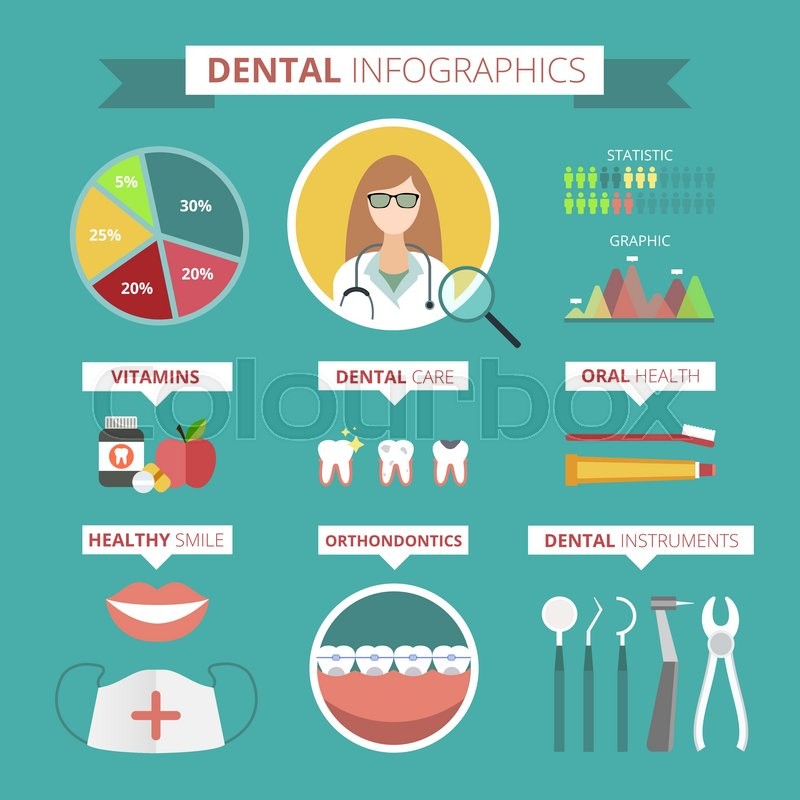Discover The Transformative Developments That Are Improving Oral Surgery. Look Into The Future Of This Technique And Preserve An One-Upmanship. Click Currently To Get Understanding Into What Exists Ahead
Discover The Transformative Developments That Are Improving Oral Surgery. Look Into The Future Of This Technique And Preserve An One-Upmanship. Click Currently To Get Understanding Into What Exists Ahead
Blog Article
Written By-Hermansen Guerra
Welcome to the world of dental surgery, where innovations and breakthroughs are shaping the future of the area! In this interesting world, you'll witness the transformative power of robotics, the cutting-edge marvel of 3D printing, and the game-changing effect of minimally intrusive techniques.
The future of oral surgery holds a promise of precision, efficiency, and improved patient end results. With the help of advanced robotics, cosmetic surgeons are able to perform intricate procedures with greater precision and control.
3D printing modern technology is reinventing the development of oral implants and prosthetics, providing personalized services that fit perfectly into each person's distinct composition.
Additionally, minimally fixed dental bridge austin tx are minimizing post-operative pain and recuperation time, permitting individuals to return to their every day lives quicker.
Prepare yourself to discover the interesting innovations and developments that are reshaping the landscape of oral surgery!
Developments in Robotics
One major innovation in oral surgery is making use of robotic innovation, which allows for exact and efficient surgeries. With the help of robot systems, dental doctors have the ability to do complex surgical procedures with boosted precision, minimizing the threat of human error.
These robot systems are furnished with innovative imaging innovation and precise instruments that enable specialists to navigate through complex anatomical frameworks effortlessly. By making use of robotic innovation, doctors can achieve higher medical precision, causing enhanced client end results and faster healing times.
Furthermore, the use of robotics in oral surgery allows for minimally invasive treatments, lowering the injury to surrounding cells and advertising faster recovery.
3D Printing in Oral Surgery
To improve the area of dental surgery, you can discover the subtopic of 3D printing in dental surgery. This cutting-edge technology has the potential to change the way oral surgeons operate and treat patients. Below are 4 essential ways in which 3D printing is forming the area:
- ** Customized Surgical Guides **: 3D printing permits the development of very precise and patient-specific medical guides, improving the accuracy and efficiency of treatments.
- ** Implant Prosthetics **: With 3D printing, dental specialists can create tailored implant prosthetics that flawlessly fit an individual's unique anatomy, leading to much better results and person satisfaction.
- ** Bone Grafting **: 3D printing allows the production of patient-specific bone grafts, decreasing the requirement for standard grafting techniques and enhancing healing and recuperation time.
- ** Education and learning and Training **: 3D printing can be utilized to develop reasonable surgical designs for academic purposes, permitting dental cosmetic surgeons to practice intricate treatments before performing them on clients.
With its potential to boost precision, personalization, and training, 3D printing is an amazing advancement in the field of oral surgery.
Minimally Invasive Strategies
To additionally advance the area of dental surgery, embrace the capacity of minimally intrusive strategies that can significantly profit both doctors and individuals alike.
Minimally Read the Full Report are transforming the field by decreasing surgical injury, minimizing post-operative discomfort, and increasing the healing procedure. These techniques include making use of smaller incisions and specialized instruments to do procedures with precision and effectiveness.
By making use of sophisticated imaging technology, such as cone beam of light computed tomography (CBCT), doctors can properly intend and implement surgical procedures with marginal invasiveness.
In addition, using lasers in oral surgery permits exact tissue cutting and coagulation, resulting in reduced blood loss and lowered healing time.
With minimally invasive strategies, clients can experience quicker recuperation, lowered scarring, and enhanced end results, making it a necessary aspect of the future of dental surgery.
Conclusion
So, as you can see, the future of oral surgery is unbelievably encouraging, with amazing innovations and advances shaping the area.
From the advancements in robotics to making use of 3D printing and minimally invasive methods, oral doctors are transforming the means they give treatment.
While some might stress over the prospective cost connected with these improvements, it is essential to bear in mind that these technologies eventually boost client results and lower recovery time, making them well worth the financial investment over time.
